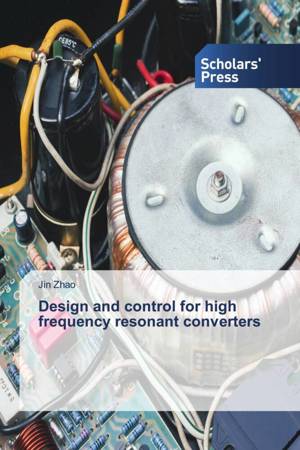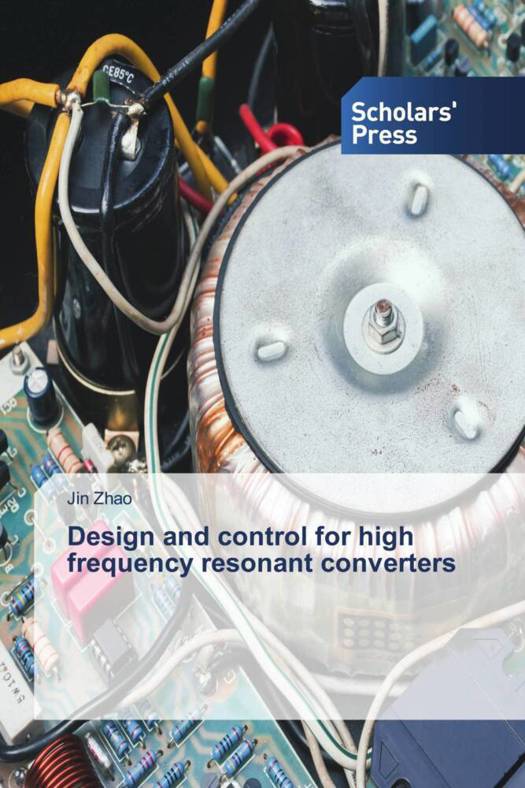
- Afhalen na 1 uur in een winkel met voorraad
- Gratis thuislevering in België vanaf € 30
- Ruim aanbod met 7 miljoen producten
- Afhalen na 1 uur in een winkel met voorraad
- Gratis thuislevering in België vanaf € 30
- Ruim aanbod met 7 miljoen producten
Zoeken
€ 191,95
+ 383 punten
Omschrijving
Compared with the traditional pulse width modulation (PWM) converter, the resonant converter can effectively reduce the switching loss, so that the operation frequency can be further improved. The higher operation frequency of the converter, the smaller the transformer, inductor, and capacitor. In addition, the smoothly changing waveform and the smaller rate of change of voltage and current also help to improve the electromagnetic compatibility of the resonant converter. However, the resonant converter requires a resonant network composed of a certain number of inductors and capacitors, which makes its analysis and design more complicated. By carefully designing the resonant network, the resonant converter can obtain good performance at or near an operating point, and it is difficult to obtain good performance under a wide range of input voltage and load conditions. In addition, the tolerance and aging problems of the resonant network also bring certain challenges to the design of the resonant converter.
Specificaties
Betrokkenen
- Auteur(s):
- Uitgeverij:
Inhoud
- Aantal bladzijden:
- 256
- Taal:
- Engels
Eigenschappen
- Productcode (EAN):
- 9783639863802
- Verschijningsdatum:
- 20/03/2025
- Uitvoering:
- Paperback
- Formaat:
- Trade paperback (VS)
- Afmetingen:
- 152 mm x 229 mm
- Gewicht:
- 344 g

Alleen bij Standaard Boekhandel
+ 383 punten op je klantenkaart van Standaard Boekhandel
Beoordelingen
We publiceren alleen reviews die voldoen aan de voorwaarden voor reviews. Bekijk onze voorwaarden voor reviews.








